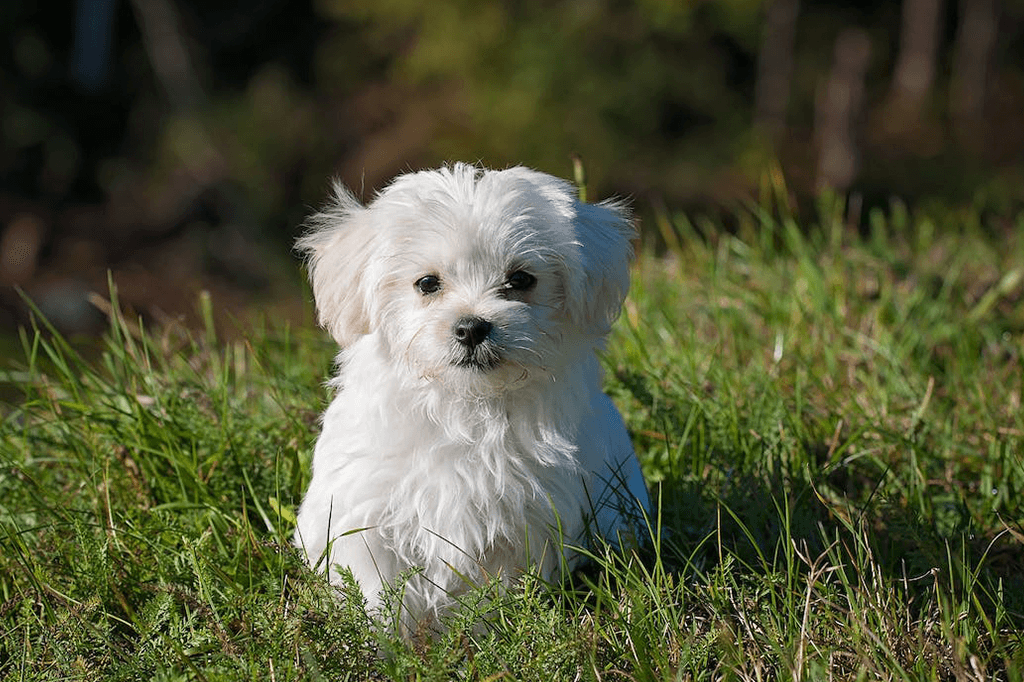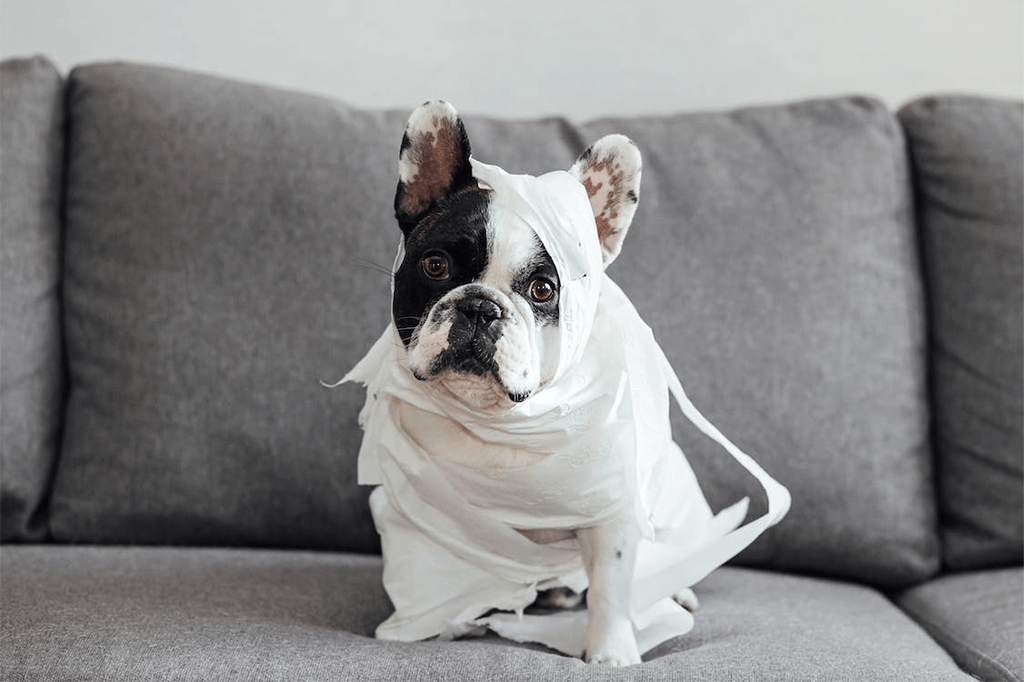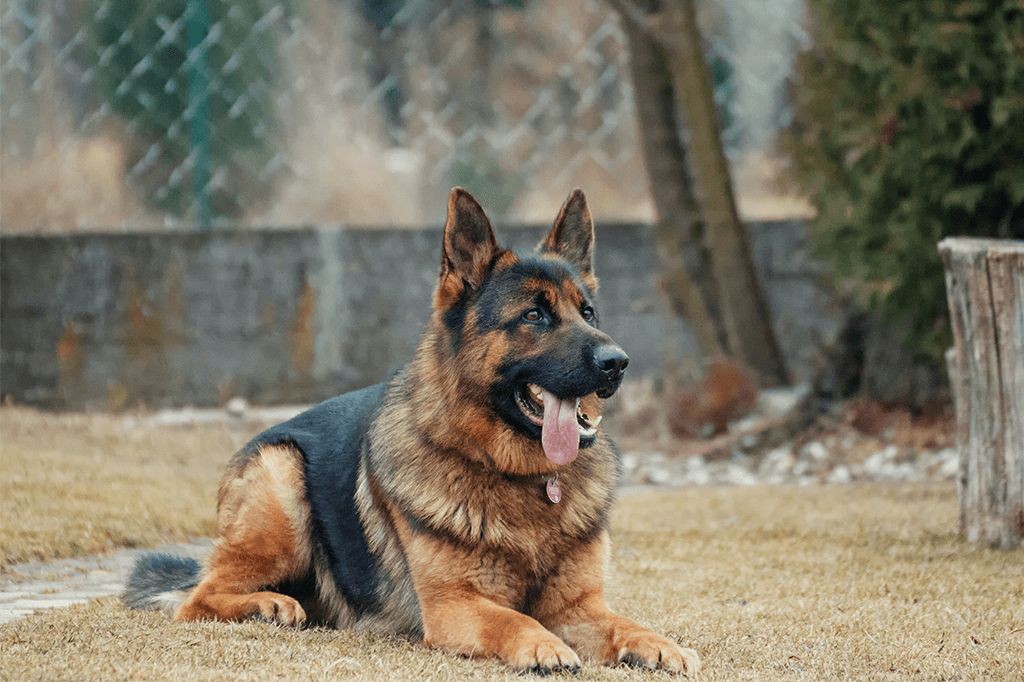Stop Puppy Biting: The Why And The How
If a tiny little puppy starts nipping at your ankles or fingers, it might be kind of cute at first. But the older (and bigger!) he gets, the more likely this is to be a nuisance—or even a danger. Some puppies have a tendency to bite because of their breed, while others just pick it up as a habit. Although biting is certainly a problem related to the age of your pup, if you don’t stop him early on then he’ll believe that it’s okay and eventually turn into a biting dog.
Why Puppies Bite
Typically, puppies bit from one of two reasons: either they can’t contain their excitement, or they are teething. Since they have no self-control, puppies often become overstimulated which means they are excited and tired at the same time. At this point, they easily give into their instinct to bite. As your pup ages, he will likely learn to control himself a bit but will still probably need some help.
Teething puppies bite simply to relieve the discomfort that comes from new teeth cutting through. Timing may vary depending on the breed, but this process of teething typically begins around the age of three months and last until 6-8 months of age. Dogs who are teething will naturally stop on their own when the discomfort subsides. In the meantime, offer your pup toys or rawhide to chew on rather than your hands.
How to Stop Puppy Biting
These five tips provide you with actionable steps to take toward stopping puppy biting:
- Use a toy. For a puppy who is teething, as mentioned above, a bone or chew toy should be made available. If your pup tries to bite your hand, give him a firm “no”, and replace it with an appropriate toy. (Soft, squeaky toys are not as likely to be satisfying so go for a harder chew toy to begin with. Then test it out to see what your pup likes best.) Once he has taken the toy, praise him with encouraging words and pat him or scratch his ears. This positive reinforcement is critical for his development and training in puppy biting as well as other habits.
- Walk away. Nothing upsets a pup more than losing attention! If you are playing together and he won’t stop biting, simply get up and leave. This sends him the message that play time ends when he bites. Otherwise, if you keep playing, he may misunderstand that biting is a fun game and try to continue.
- Try cradling. This method works not only for puppy biting but also for other times you want him to be calm. Sit on the floor with your legs out in front of you. Put your pup upside down on your legs, with his head near your belly and legs inside your legs. Form a circle around his front legs, with your index finger and thumb. Keep your hands near his “underarms”. At this point, use your thighs to brace him if he is trying to wriggle away. While it may be uncomfortable for both of you at first, this cradle hold will begin to signal to your dog that it’s time to calm down.Keep your pup in this position long enough for him to calm down. Once he is calm, you may praise him and let him go. Of course, some puppies become so comfortable in this hold that they fall asleep!
- Divert your puppy’s attenion. Diverting your puppy’s attention may be the only way to get him to stop biting. In this case, introduce something else for him to focus on or something to do. Try putting a leash on him and practice some obedience training. Use treats if he works on his tricks calmly. Once you’ve gotten him to think about something else, your pup may move on from the biting.
- Remove him. As a last resort, if your puppy is biting and won’t stop then you can remove him from the situation. Put him in his crate or outside with a toy that he is allowed to chew on. Use this as a sort of “time out” for your puppy. This helps to calm him, giving him a chance to relax and stop biting people. Once he is able to calm down and control himself, you can praise him and bring him back inside.
Here are some more puppy training challenges.



